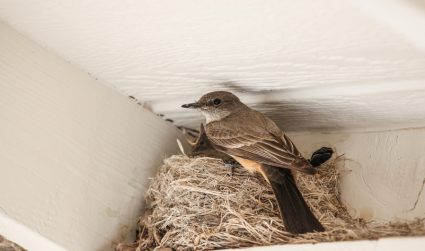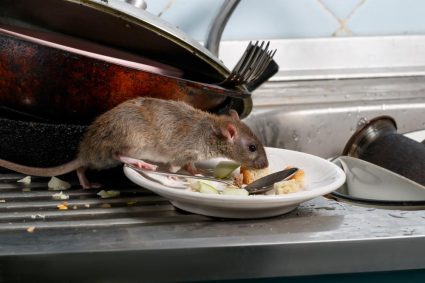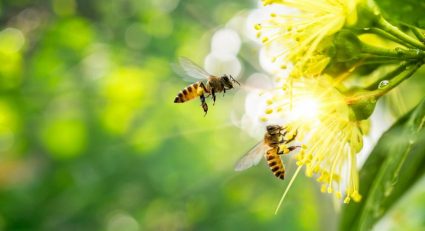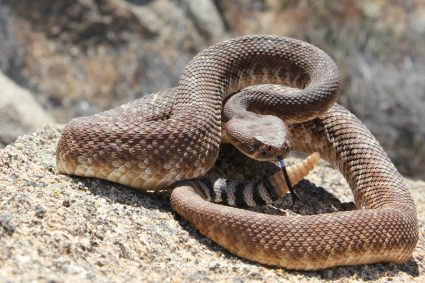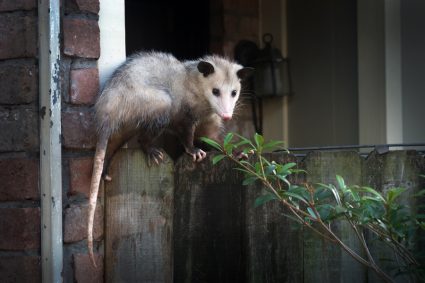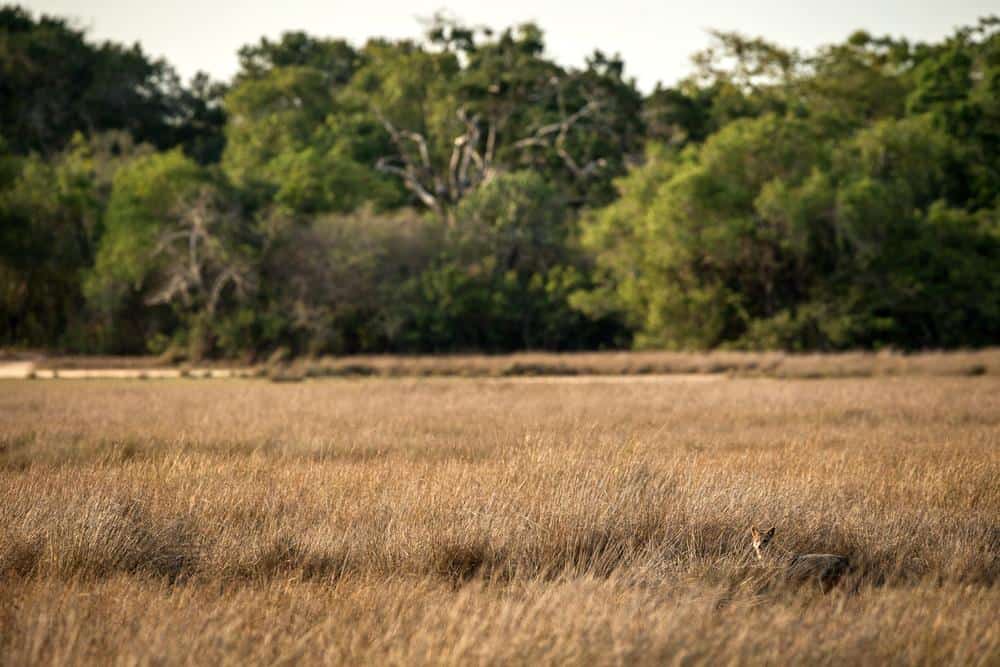
Coyotes are fascinating creatures with unique behaviors that have intrigued scientists, hunters, and wildlife enthusiasts alike. One such peculiar behavior is their tendency to spin when shot. Many people have observed this, leading to questions and debates about the reasons behind it. This article aims to delve into this topic, providing comprehensive insights backed by scientific research and expert opinions.
Coyotes spin when shot due to a combination of instinctual behavior and physiological responses. The spinning is similar to a dog chasing its tail, as the coyote tries to lick or check the wound. This behavior can also be attributed to motor stereotypies, which are patterned, repetitive, and rhythmic involuntary movements. However, the spinning does not always indicate a lethal hit and could also result from being hit too low or too far back.
Understanding Coyote Behavior
Coyotes, like other canines, have a set of instinctual behaviors. These behaviors can vary based on factors such as age, sex, and health condition. For example, juvenile coyotes under 12 months of age can be reproductively active, but they are generally less fecund than adult females over 2 years of age. Older females over 10 years of age gradually enter reproductive senescence, while male coyotes have been reported to sire pups when they are over 12 years old.
The Spinning Phenomenon
When a coyote is shot, it may spin in response to the burning sensation caused by a graze or a solid hit. This spinning behavior is similar to a dog chasing its tail, as the coyote tries to lick or check the wound on its flank. However, this behavior is not unique to coyotes and can be observed in other animals as well.
It is important to note that spinning does not always indicate a lethal hit. The coyote may also spin if hit too low or too far back. A high shoulder shot is known to drop coyotes on the spot, but shooting them like a deer may result in hitting them too far back, causing spinners and runners.
Physiological and Neurological Factors
Spinning behavior in coyotes can be attributed to various physiological and neurological factors. One of the factors contributing to spinning behavior is the presence of motor stereotypies, which are patterned, repetitive, and rhythmic involuntary movements. These behaviors can occur in children who are otherwise developing typically and are considered part of executive dysfunction.
The exact pathophysiology of motor stereotypies is not fully understood, but both biological (genetic, brain structure and function, neurochemical) and psychological factors have been investigated in the etiology of these movements.
Implications for Hunters and Wildlife Conservation
Understanding the implications of coyote behavior on hunting practices and wildlife conservation efforts is crucial. Hunting pressure can affect the social behavior of vertebrates, including parental care, territoriality, reproductive behavior, group size, and intraspecific competition.
The presence of hunters can lead animals to move out of their original home ranges, which can break up the social structure and cause long-term effects on the demography of hunted and nearby populations, amplifying the impact of hunting.
Conclusion
The spinning behavior of coyotes when shot is a complex phenomenon influenced by various physiological, neurological, and environmental factors. It’s crucial for hunters and wildlife conservationists to understand this behavior to ensure ethical hunting practices and effective wildlife management. It is also essential to remember that hunting and shooting coyotes may not be the best solution for managing their populations and can be inhumane. Alternative methods such as habitat modification, exclusion techniques, and hazing should be considered.
Frequently Asked Questions
What are some other instinctual behaviors of coyotes?
Other instinctual behaviors of coyotes include marking territory with urine and feces, howling and yipping to communicate with other coyotes, and hunting in packs to take down larger prey.
What are motor stereotypies?
Motor stereotypies are repetitive, rhythmic movements that are involuntary. They are often seen in children who are developing typically and are considered part of executive dysfunction.
What are some examples of habitat modification and exclusion techniques for managing coyote populations?
Habitat modification involves altering the environment to discourage coyote habitation. This can include removing food sources, such as garbage or pet food, and reducing shelter opportunities. Exclusion techniques involve physical barriers, such as fences or netting, to keep coyotes out of certain areas.
What is hazing and how can it be used to manage coyote populations?
Hazing refers to the practice of using deterrents to move an undesirable animal out of an area or discourage specific behaviors. In the case of coyotes, this could involve making loud noises, throwing non-lethal objects, or spraying with water to scare them away.
What are the long-term effects of hunting on the demography of hunted and nearby populations?
Long-term effects of hunting on the demography of hunted and nearby populations can include changes in population size, age structure, sex ratio, and genetic diversity. This can lead to altered behavior patterns, decreased resilience to environmental changes, and potentially, local extinction.

